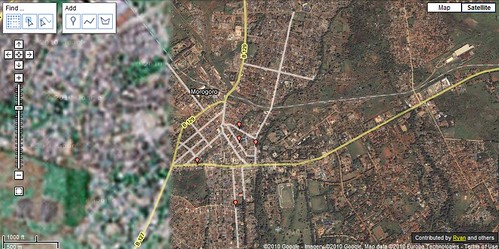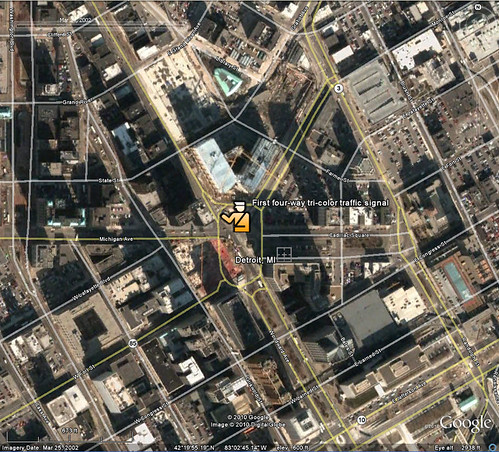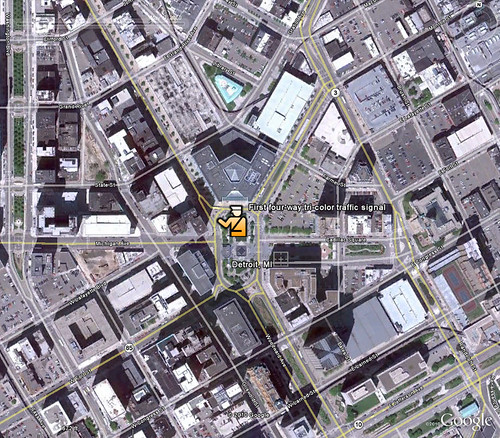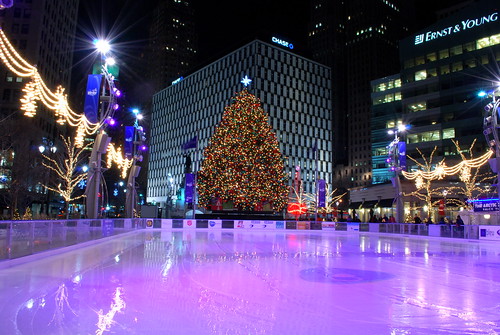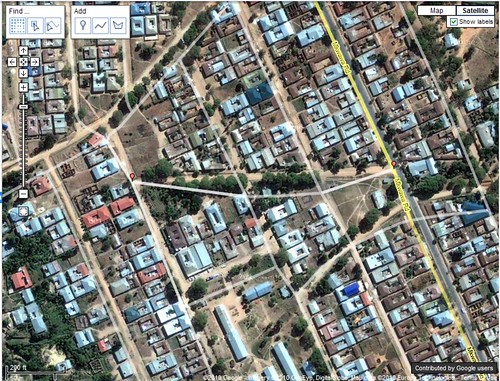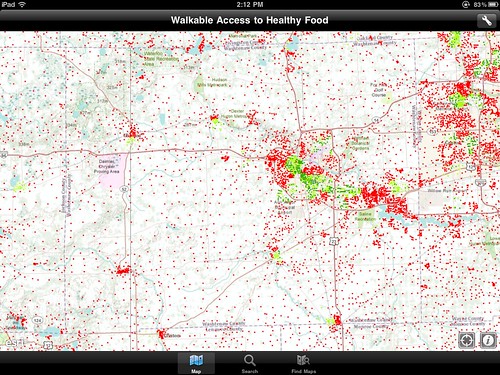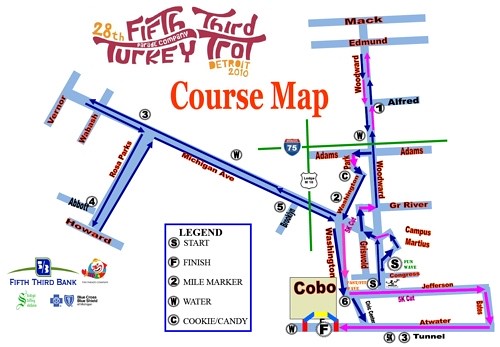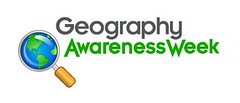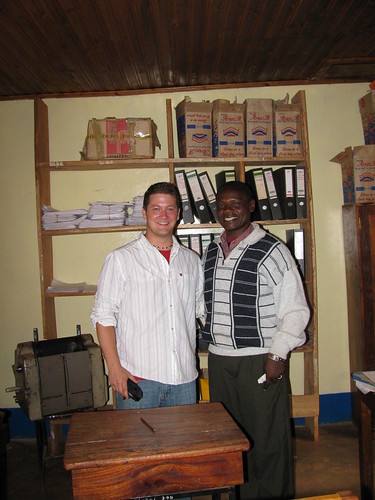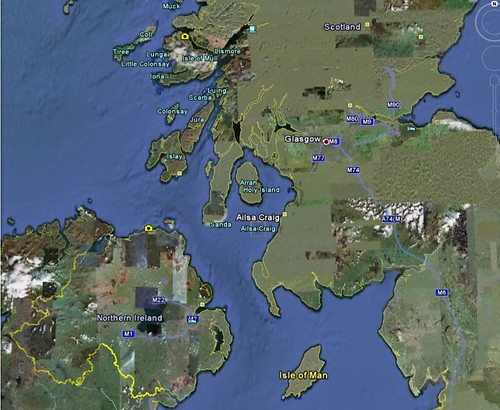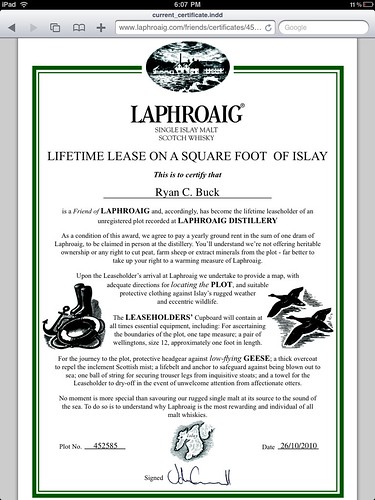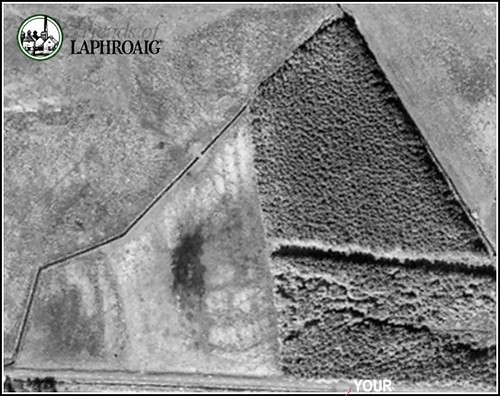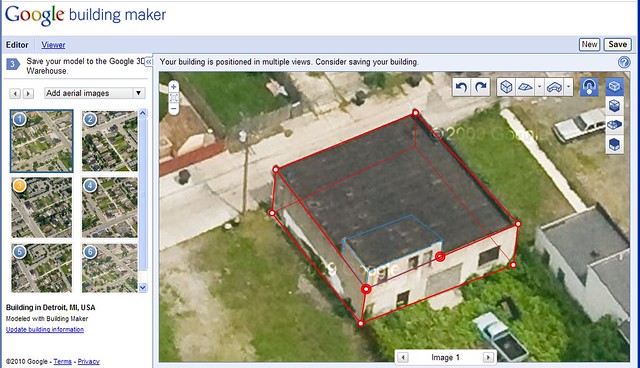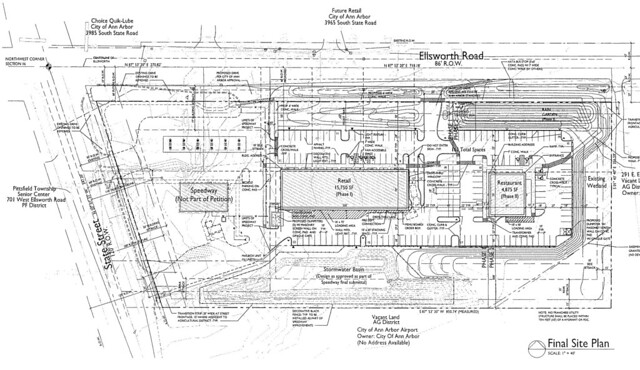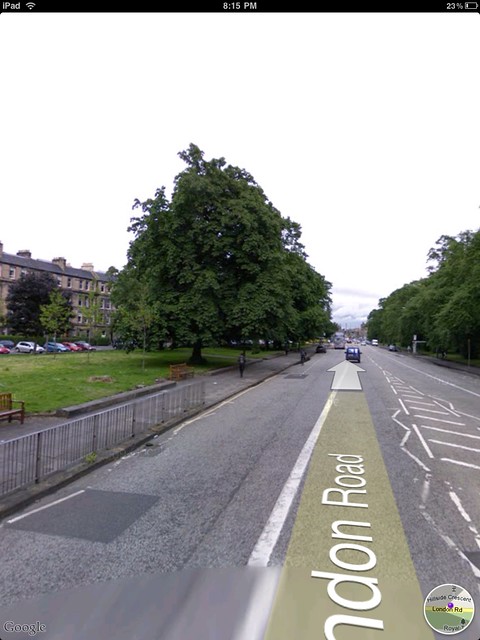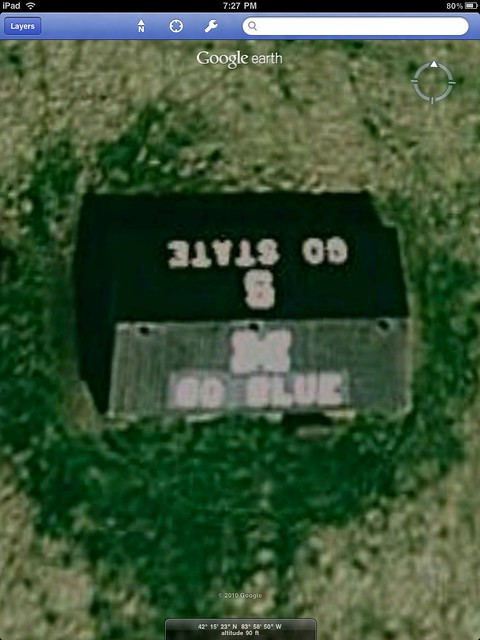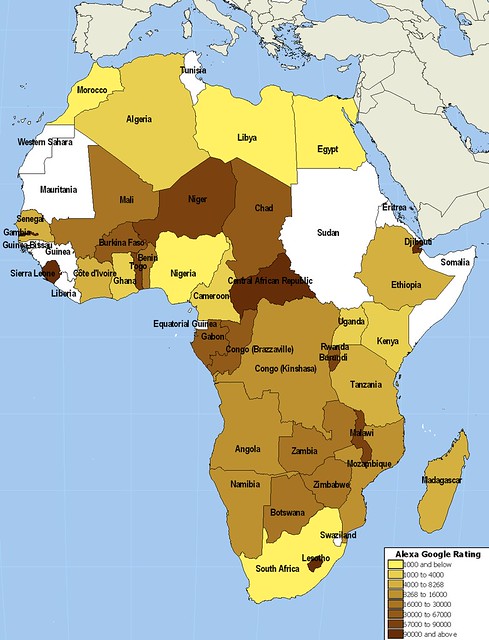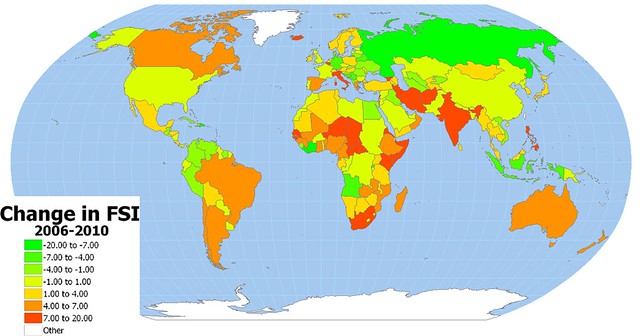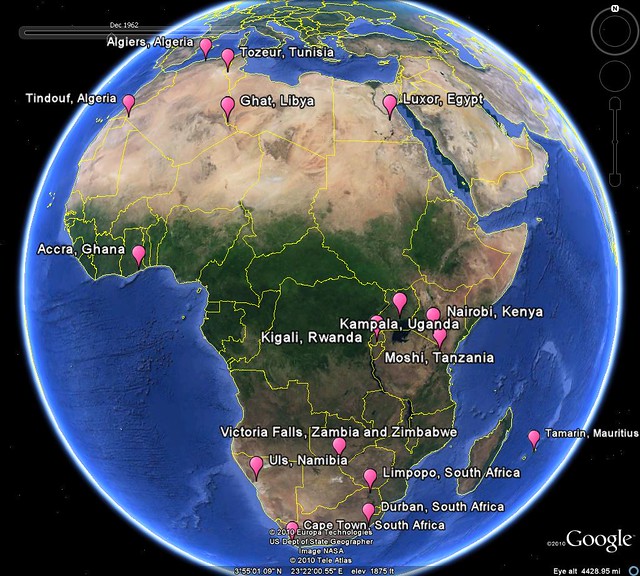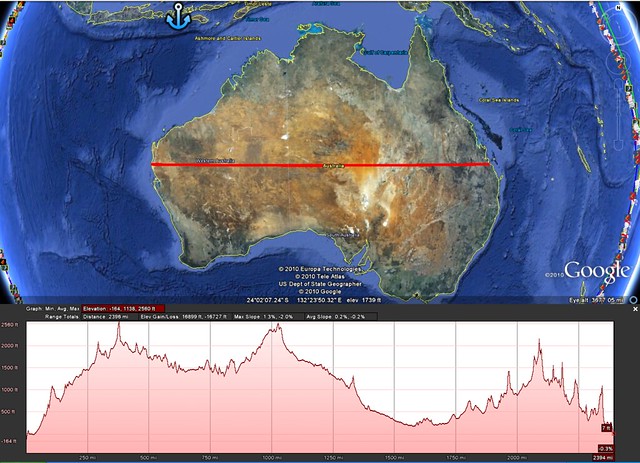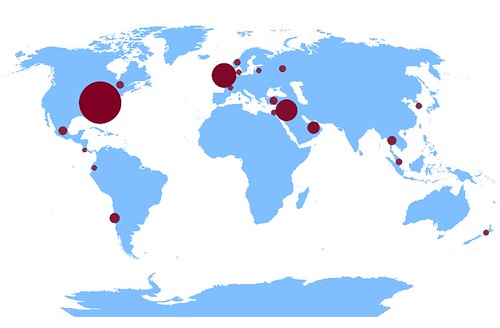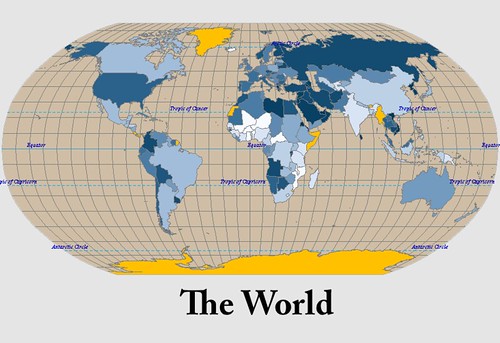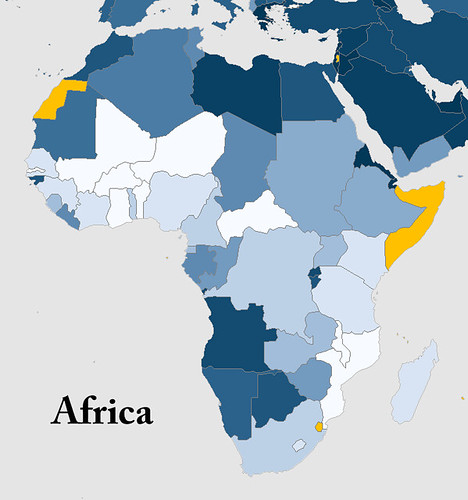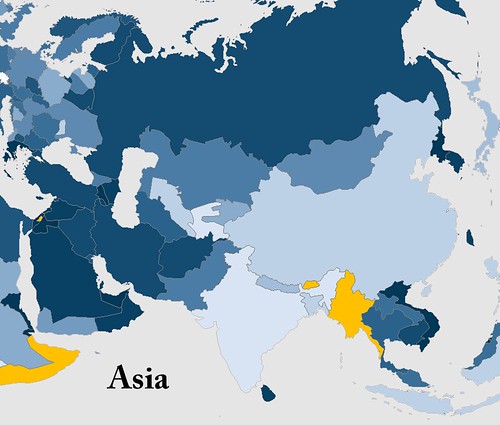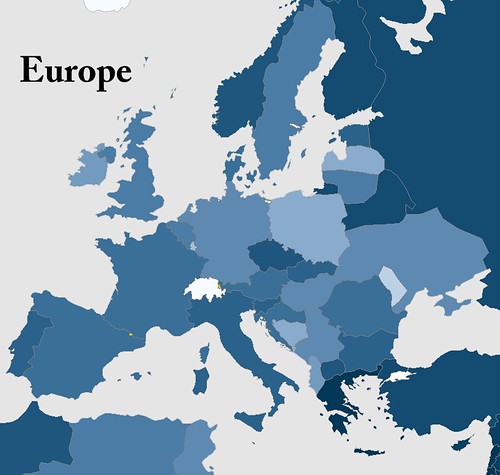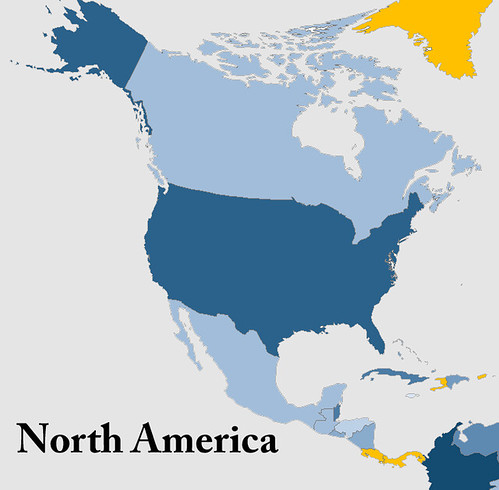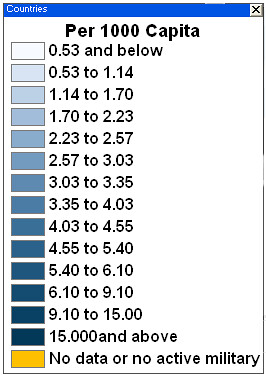Vast amounts of developable land, capitalism and access to fast moving personal transportation is a potent mix for sprawl, a phenomenon as American as baseball, apple pie or high fructose corn syrup.
While the invention of the automobile was a huge factor in fostering an emerging middle class, it greatly increased the ability of people to travel farther on a daily basis. Living within walking distance of a grocery store or work was no longer a necessity. Eventually people moved farther out from the cores of older cities until suburbs became "town" for many.
As Americans became increasingly reliant on their automobiles, more roads were built to support more traffic. The cost of maintaining a quickly expanding infrastructure was dwarfed by the economic power and expansion afforded by the middle class, by now by far the largest class and arguably the most powerful. The enormous investment by the federal government in the interstate system continued to expand the infrastructure at an astonishing rate while at the same time hiding the true cost of a system which provided so much freedom.
The cycle more or less repeated itself until one of the first true realizations of non-sustainable development occurred. Building new road infrastructure induced vehicle travel. As the interstate system continued to gouge at the countryside it was apparent that change was needed.
Most large communities saw mass transit as a way to, if nothing else, hedge their bet on road investment. Today we see that investment has largely paid off as the successful metropolitan areas have fully funded and well utilized public transit systems.
These investments have encouraged reurbanization and densification by allowing people to live near the places they eat, work and recreate without the burden of a car. It takes time for this paradigm regression to happen. So long that many systems fail because they are not given ample opportunity to grow and perform the functions for which they were designed.
Far be it from the majority of Americans, myself included, to give up their personal, climate controlled transport pods. Even if a switch occurs towards increased funding of mass transit systems, the majority of the tens of billions of federal transportation dollars each year will continue to go to roads. The difference now is that relatively few dollars are being spent on expansion of the road system. Instead, urban and transportation planners are choosing to invest in maintenance of the existing system and creative solutions to the problems that plague it such as safety and congestion.
A two-birds-with-one-stone approach is the modern roundabout. A far cry from the high speed traffic circles of old, modern roundabouts allow greater flow of traffic through an intersection while reducing the frequency and severity of crashes. When put in that context they sound too good to be true. One area that has been slow to the roundabout party is Detroit. Yes, the same metropolis that gave us the car, suffered from central city flight and has chronically underfunded it's public transit system.
Perhaps one of the most unexpected discoveries of my travels is that some of the poorest and most undeveloped countries in the world fully invest in their road infrastructure and provide extensive subsidies for public transit, a true necessity.
In that spirit, I've included an image I found of a roundabout in Nouakchott, Mauritania. The reasons for installing a roundabout at this intersection are different from the issues affecting a city like Detroit but the irony is very real, and for geography lovers, fascinating.

